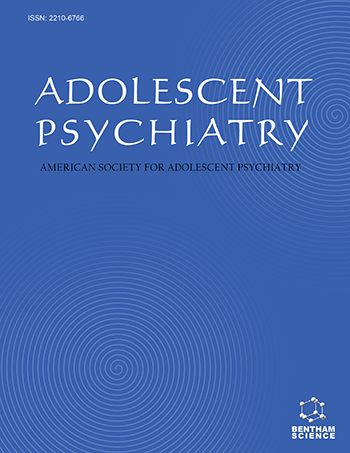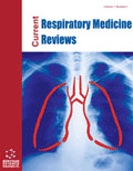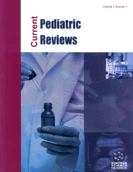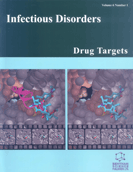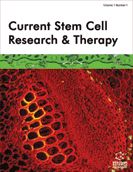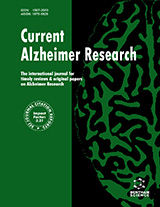Abstract
Therapeutic communities have a long history, dating back to the Middle Ages. Beginning in the mid 20th century, the therapeutic community was revived in the form of such programs as Synanon, led by former substance abusers. Subsequent TCs have built upon the early principles of Synanon but adapted to meet the changing needs of clients and incorporated what has been learned from the expansion of the knowledge base of substance abuse treatment. Most notably, psychiatrists have come to play an important role as medical directors of TCs. This paper describes the adolescent treatment program at Daytop Village in terms of its functioning and patient population, and the role of the psychiatrist-medical director. Necessary adaptations to the TC model for adolescents are explained. The literature on outcome of this type of treatment with respect to adolescents is reviewed. The evidence suggests that therapeutic communities are an effective form of treatment for adolescent substance abusers.
Keywords: Adolescent substance abuse related disorders/treatment, therapeutic community, adolescents, residential treatment, Synanon, substance abusers, TCs, substance abuse treatment, adaptations, Daytop Village


